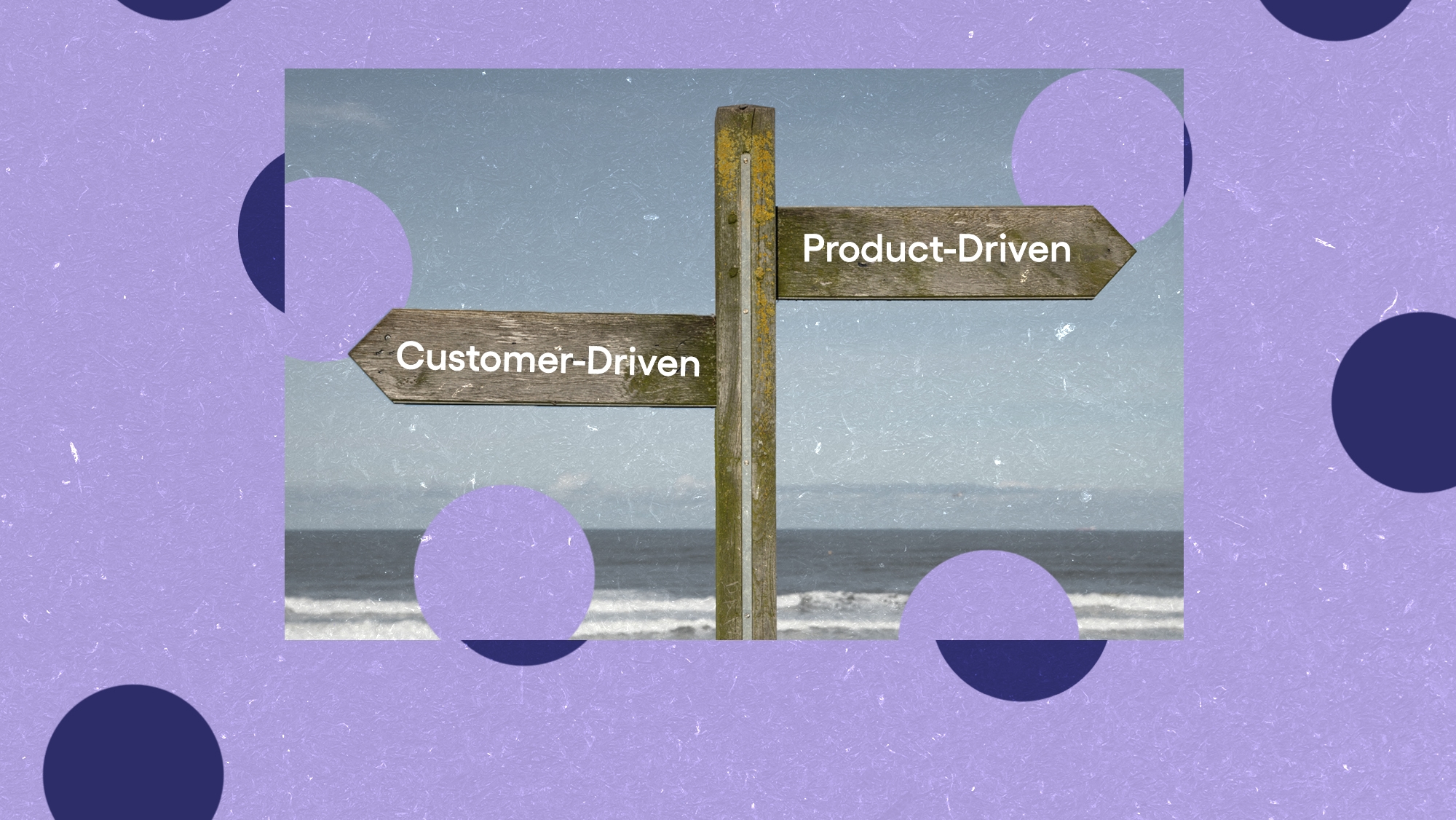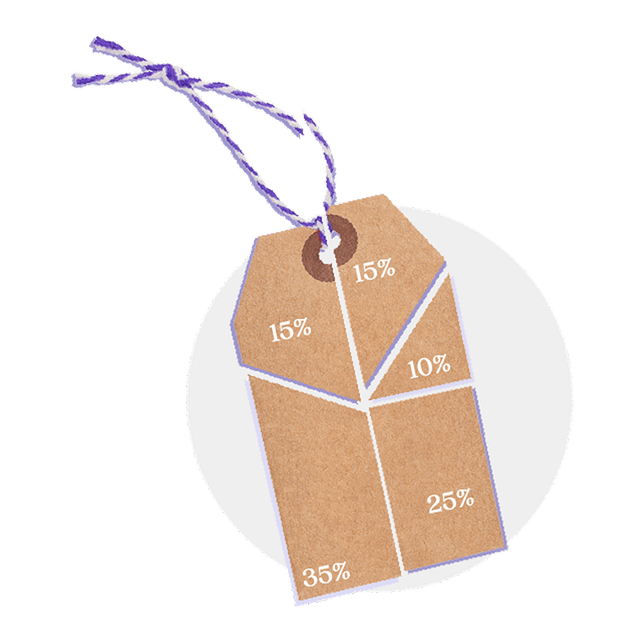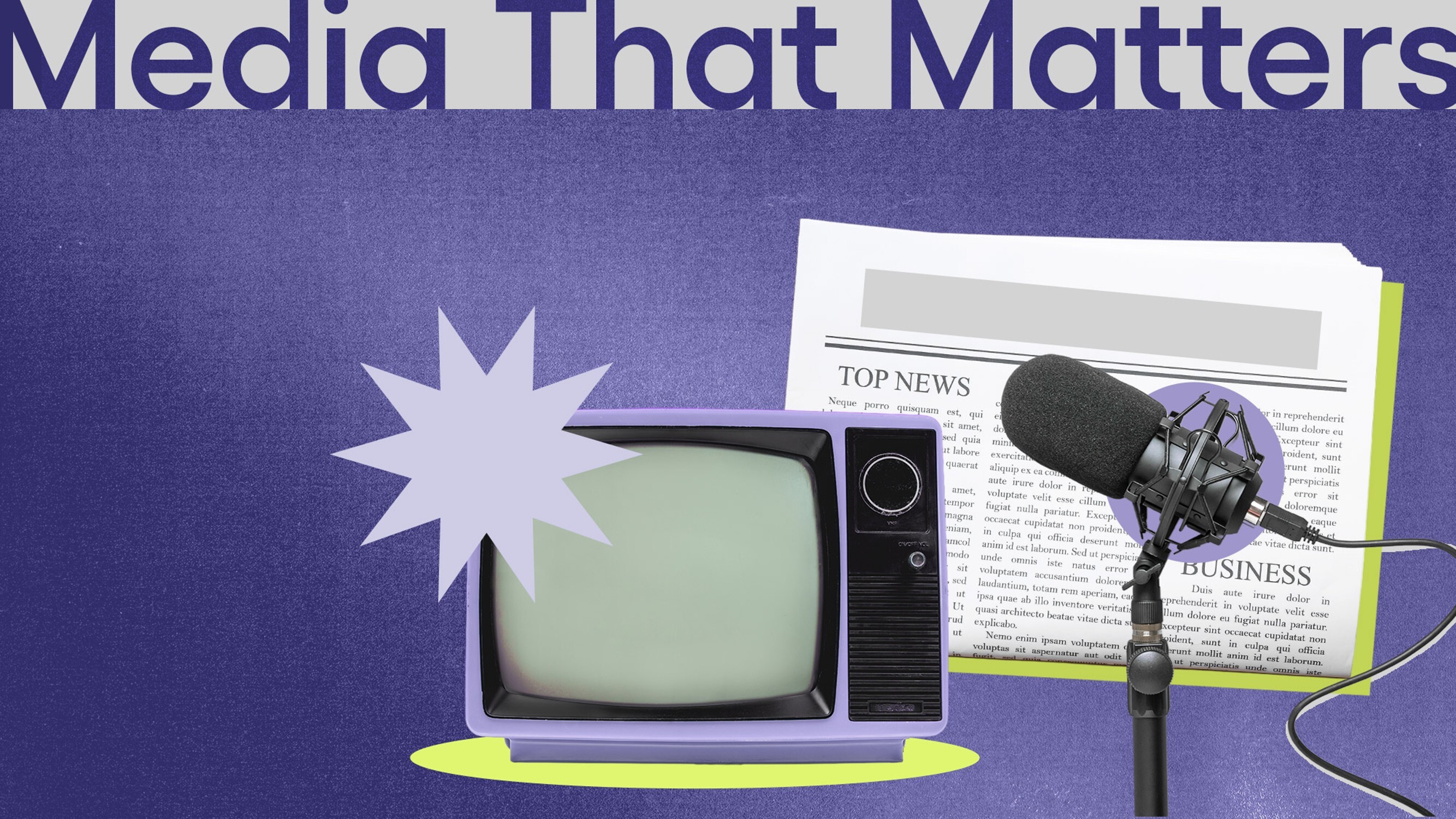
AI and the Retail Marketer’s Future
How AI transforms strategy and processes, driving the adoption of Positionless Marketing
AI in Retail (AI and the future of the retail marketer)
Why it matters:
There’s a fundamental difference between product-driven and customer-driven marketing strategies. This blog provides insights into the pros and cons of each approach, emphasizing the importance of combining both strategies to create powerful, personalized marketing campaigns that address individual customer needs and preferences, fostering long-term loyalty.

Key takeaways:
In marketing, there’s a somewhat clear separation between strategies:
Product and Campaign-Driven or Customer-Driven.
They differentiate in focus; Product-Based (for simplicity we will refer to both product and campaign driven marketing as just product driven) marketing plans marketing communications around new releases, seasons, and collections.
Customer-Based marketing uses customer insights to determine what communications need to be created and whom to target.
Companies may choose to use one method or both depending on their marketing philosophy.
Let’s understand the two strategies’ pros and cons and look at the combinations of them – all while starting with the customer.
Here, the main idea is that if a company has a product they desire to sell or push, the marketer should probably target customers with campaigns promoting such product.
The logic is straightforward. We identify a business need and want to meet it.
But, when not starting with the customer, questions arise. For example, Should a customer who never made a purchase in such a category receive the same communication than those who have? Should churned and top-loyalty tier customers receive the same marketing messages?
Customer-led marketing starts from a customer insight instead of a product or campaign.
It starts by identifying a segment of customers and discovering a valuable insight from it. Only then, determining what product or campaign should be shared with this segment, creating an extremely intimate marketing program.
Let’s say you begin by looking at your New customers, for example, those who purchased for the first time in the past two weeks. Then, you use predictive analytics to identify those least likely to become top spenders with your brand.
Comparing these to your best customers might lead you to an insight on the differences in their preferences and behaviors. You can then leverage that insight for a hyper-powerful marketing campaign that targets the New, Low Probability to Spend customers with the intention of turning them into higher probability ones.
There is a way to combine the two strategies and get the best of both worlds. So, if you want to put the customer at the center, but still address the product in relation to the customer – we have a few suggestions for you.
First, we should understand who the customer is, by basing it on the following:
Then, to these Customer-Based points, we add the Product-Based touch:
Dynamic Tags – Use them to populate a single HTML template with relevant information such as “Username,” “Location,” “Preferred Category,” or “Favorite Brand.” It’s a handy way to customize a fully personalized letter to each customer (that also saves you time, resources, and money as you only have to build one template).
You can then add personalized product recommendations to the email itself, bridging the best of both worlds into an extremely powerful marketing message.
Conditional Formatting – Conditional formatting puts the marketer in the driver’s seat as it allows you to personalize all your content in a single template. For instance, it shows each different customer images, offers, products, or links based on their unique characteristics such as gender, recent purchases, LTV, or Risk of Churn.
This allows you to create a single campaign that highlights different aspects for each customer. Let’s take a category campaign as an example. A loyalty customer who purchases from that category would receive an email with an image of the products they can buy with their points balance; while a churned customer who used to purchase from it would receive the email with a special reactivation offer.
Recommendation Emails – A recommendation model takes specific characteristics per customer and, in return, shows them the product they are most likely to engage with. We suggest you use the relationship and data you have on the customer first, and then plant the seed of recommendation.
In other words, a recommendation model might not make a lot of sense for a One-Timer, as we only have one purchase to base the model on. But perhaps a churned customer that has not purchased in a year should receive an email along the lines of “It’s Been a While” (Customer Driven), which will be supported by three recommended items that might bring them back (Product Driven.)
While there are many products out there, each customer is unique and wants to be addressed this way. Hone your marketing to celebrate the uniqueness of each customer and their relationship with your product or brand. When customers feel that every marketing message your brand is sending to them is a personalized one, they will reward you with their loyalty for life.
Get the Report: AI and the Future of the Retail Marketer
Discover how AI is accelerating Positionless Marketing


Rony Vexelman is Optimove’s VP of Marketing. Rony leads Optimove’s marketing strategy across regions and industries.
Previously, Rony was Optimove's Director of Product Marketing leading product releases, customer marketing efforts and analyst relations. Rony holds a BA in Business Administration and Sociology from Tel Aviv University and an MBA from UCLA Anderson School of Management.


